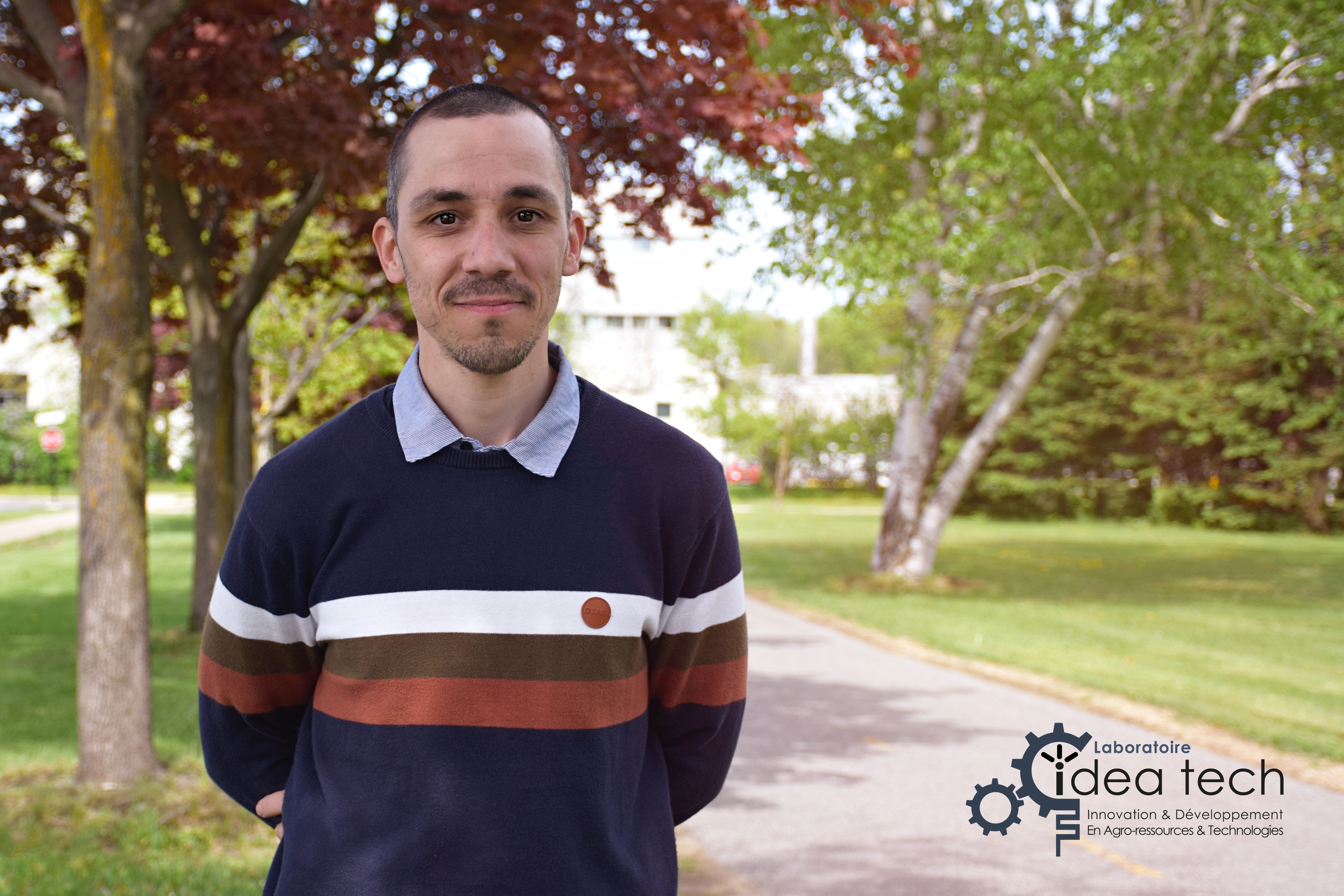Publications
- Année de publication : 2017-08-10
Référence
N. Naderi, Y. Pouliot, J. D. House, A. Doyen. 2017. Effect of freezing, thermal pasteurization, and hydrostatic pressure on fractionation and folate recovery in egg yolk. Journal of Agricultural and Food Chemistry. 65, 7774-7780.
Information Complémentaire
Lien vers l'article : https://pubs.acs.org/doi/abs/10.1021/acs.jafc.7b02892
Mot(s) Clé(s)
Folate Congélation Jaune d'oeuf Pasteurisation Hautes pressions hydrostatiques Protéines
Résumé
In this study, the impact of pasteurization and freezing of raw material, as performed at a commercial scale, on egg yolk fractionation and folate recovery was assessed. Freezing induced denaturation of the lipoproteins in egg yolk, which prevented further fractionation of the yolk. Thermal pasteurization of egg yolk at 61.1 °C for 3.5 min as well as high hydrostatic pressure (HHP) treatment (400 MPa for 5 min) did not change (p < 0.05) the composition of egg yolk or yolk fractions after their recovery by centrifugation. Expressed as dry matter, folate in pasteurized yolk was measured to be 599 μg/100 g, while its concentration reached 1969.7 μg/100 g for pasteurized granule and 1902.5 μg/100 g for HHP-treated granule. Folate was not detected in plasma, emphasizing the complete separation of yolk folate into granule. Further, we studied the effect of HHP on different dilutions of egg yolk, which were then fractionated. Egg yolk was diluted with water at different concentrations (0.1, 1.0, 10, 25, and 50%), HHP-treated at 400 MPa for 5 min, and centrifuged. Characterization of the compositions of the separated granule and plasma followed. Folate was stable under the HHP conditions used. However, HHP caused separation of folate from the yolk structure into water-soluble plasma. After HHP processing, the amount of folate detected in the plasma fraction was significantly (p < 0.05) higher (1434.9 μg/100 g) in the 25% diluted samples but was significantly (p < 0.05) lower in HHP-treated granule samples. Native sodium dodecyl sulfate-polyacrylamide gel electrophoresis results showed that phosvitin, α-livetin, and apovitellenin VIa were the proteins most resistant to HHP. This study confirms that dilution of egg yolk before HHP treatment can significantly (p < 0.05) change the composition of granule and plasma fractions after centrifugal fractionation of egg yolk.

